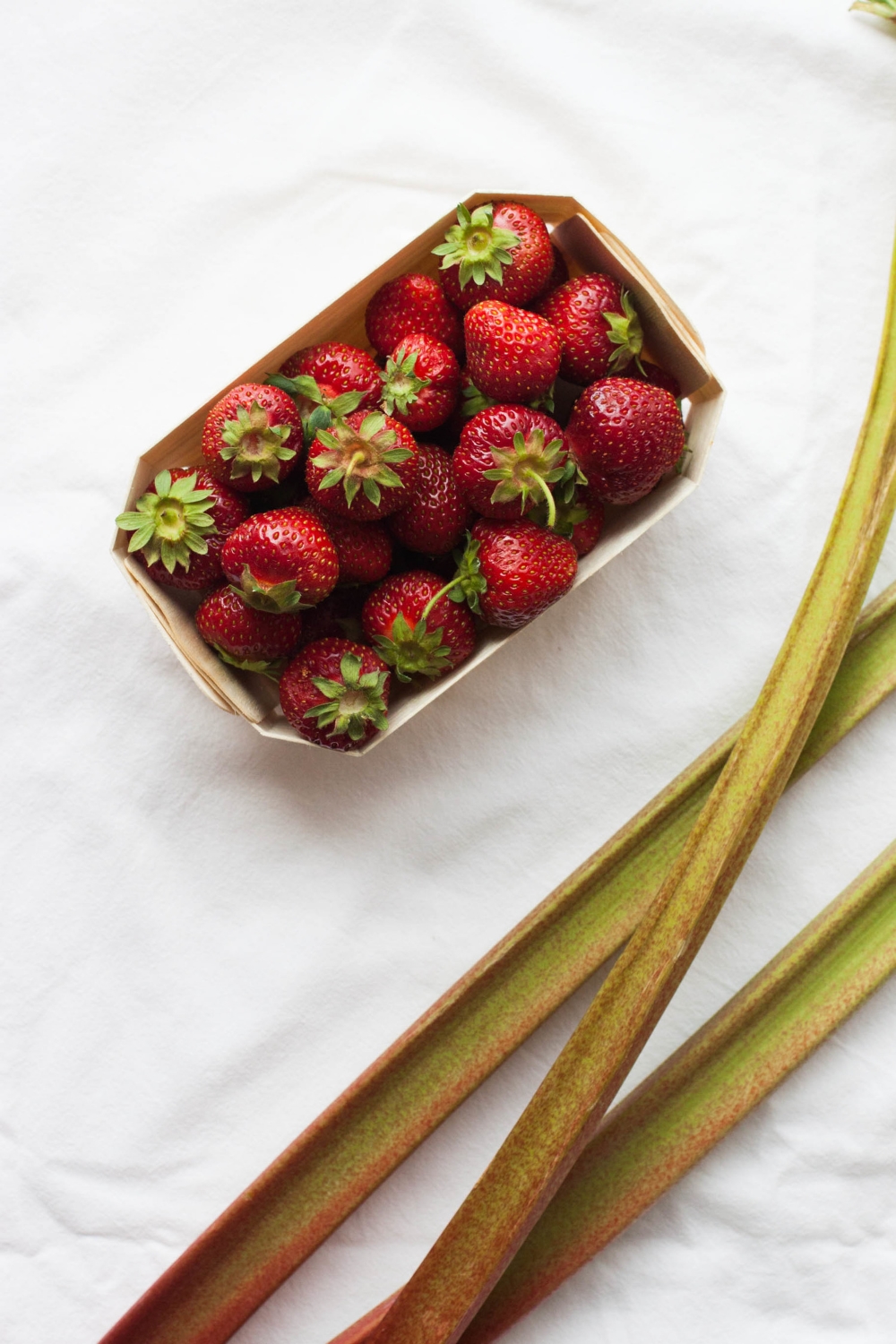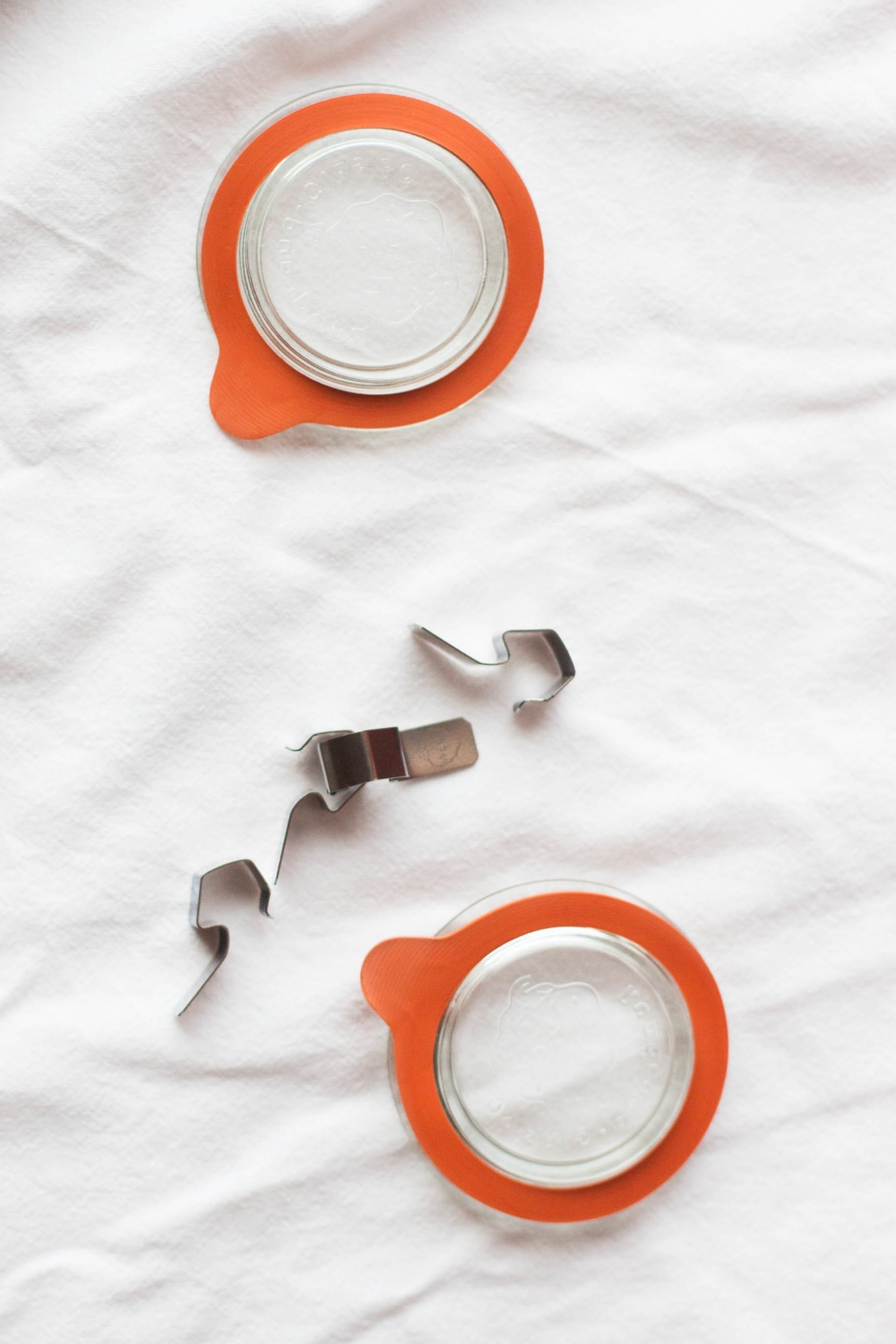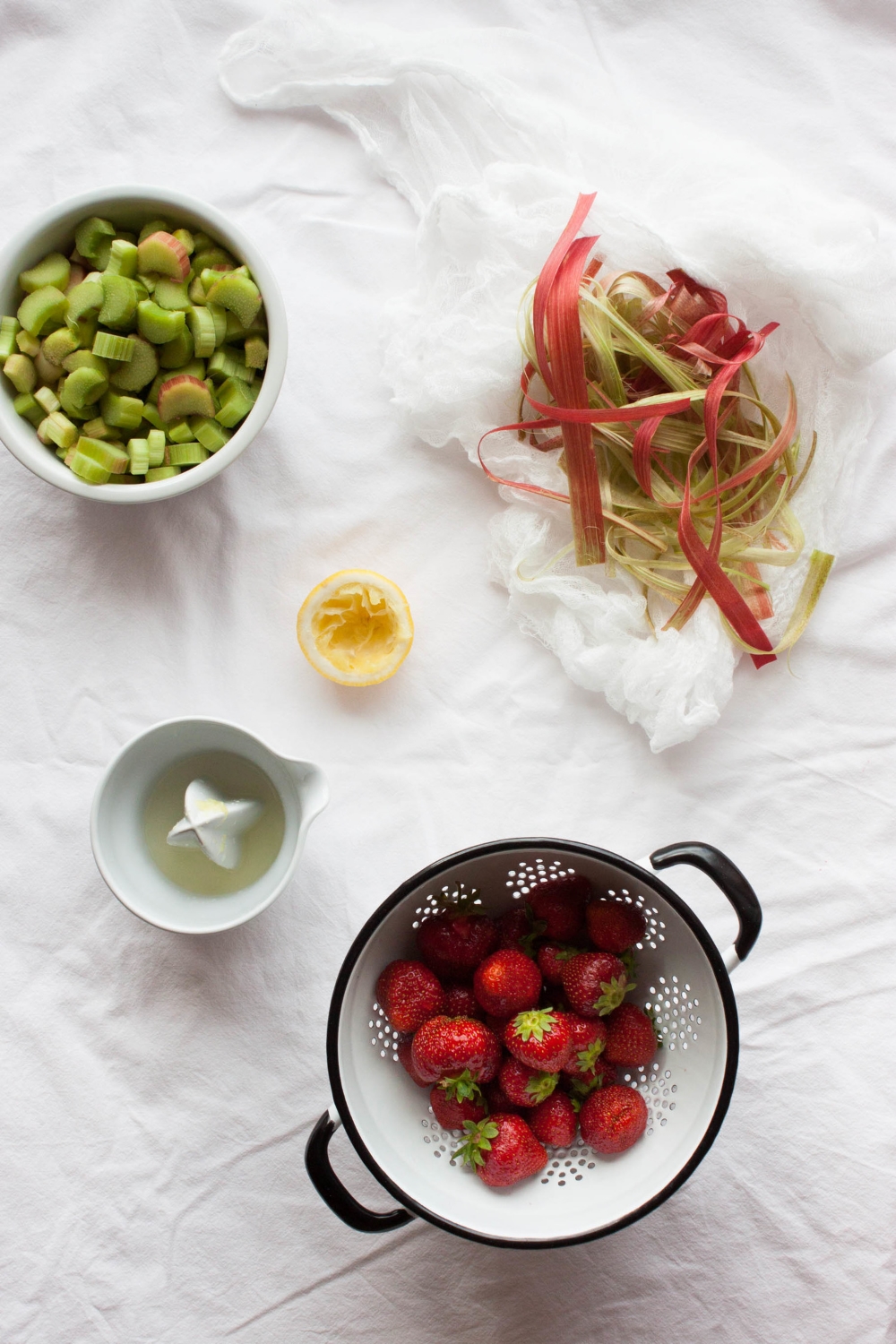We are living the magical Nordic summer time right now. What makes it so special are the seemingly never ending days, the Nordic summer nights. I mean, looking at a blue sky at 1am in the morning is pretty rad. I can shoot my posts from 4am until 10pm and still have perfect lighting; during the darkest winter period I was only able to shoot from 11am to 2pm. Can you imagine, how this changes the pace of life around here?



I think living in a country of four seasons, of four very different and dramatic ones, teaches you a lot. It teaches you to really appreciate the season on hand. To make the most of it. Every season has a special place in our hearts but summer, oh I think summer is the season that is most dear to us living in the north. Summer, or suvi as we call it here in Finland, is the thing that helps us to survive the long, dark winter days with almost no sunlight.
We know, however, that this magical season of light doesn't last for very long. Three months, four if we get lucky. So we have to make the most of it: spend as much time outdoors as we possibly can, soak up the sun, and smile. Lazy days, ice cream, sunshine, all kind of seasonal vegetables, berries, and fruit, farmers' markets, picnics, drinking a glass of rosé on the porch, midnight walks... We really need to make it the best summer ever because if one thing is certain it's that winter is eventually coming. Oooh, see? It's the pessimist me who's talking right now. Really need to try harder to live in the moment.
This weekend, we're celebrating Midsummer, the longest day of the year. It's one of the most important and beloved holidays in Scandinavia. Everyone is trying to get out of the city to celebrate Midsummer at a summer cottage, preferably by a lake, on the coast, or in the Finnish Archipelago, although, urban Midsummers have become more and more popular. Midsummer is all about praising the magical summer light. It's about good food: new potatoes & pickled herring, local vegetables, berries, & fruit, and lots of barbecuing. It's about going to the sauna and enjoying good company. Bonfires are burned at lakesides and by the sea. As Midsummer has believed to be the time of the year when magic is most powerful, folk magic, myths, and rituals are very present: young maidens collect wild flowers, put them under their pillow, and hope to dream of their future husband. It's the time life feels great; the time we feel blessed to live in a place like this. It's the time we say 'I wouldn't want to be anywhere else in the world right now'. [Okay, it's also the time that is almost always doomed to be accompanied by bad weather... It feels like media starts to forecast Midsummer weather right after Christmas. Most years it's cold and rainy, but occasionally we get lucky and celebrate Midsummer blessed with wonderful sunshine.]
In case you got curious, I recommend watching this fun, short video, which is about Swedish Midsummer. There are some differences in the traditions (we don't dance around a maypole = we are not that much fun) but the spirit is very much the same.
Wishing you all a rainless Midsummer.
And may your Midsummer breakfast tables be glorified with this jam.
Rhubarb Strawberry Jam
yields about 750 ml / 3.2 cups jam
This has been my favorite jam for years. Rhubarb and strawberries are quite an unbeatable flavor combination, and I love the hint of cinnamon. This jam isn't overly sweet as I don't want to get rid of the rhubarb's acidity; it would be like wanting to change its personality. I like rhubarb as it is: tart, a bit quirky, and a whole lot of fun. I often make this as a compote; I just use less sugar. Compote won't keep for as long as jam, but if you use gelling sugar 1:3, don't cut the sugar by more than a fifth, and can it, I have noticed that it will keep in the fridge for several months.
I know that some people feel a bit nervous about home canning. When making jam, I never boil my jars once filled and have never had any issues. Actually, although we are quite a home canning nation, I don't think anyone in Finland does water bath canning in addition to sterilizing the jars & lids (nor is it the jam making method official sources suggest), and pressure canners are unknown here. However, I know that in the US this is not seen as being up to food safety standards. So if you are new to home canning, worried, or would like to learn more about the process, USDA has a whole site dedicated to home canning which you may find helpful. I also really like Food in Jars' Canning 101. Below, I'm describing the jam making method that we use here in Scandinavia which may, as I've already said, differ from the one that is recommended in your country.
Always remember to work with clean equipment and only use fresh and undamaged berries and fruit.
about 600 g (1.3 pounds) rhubarb, peeled and sliced (you should end up with about 575 g / 1.3 pounds peeled rhubarb)
245 g (8.6 oz; 2 ¾ dl; 1 cup + 2 ⅔ tbsp) gelling sugar 1:3
¾ tsp cinnamon
60 ml (¼ cup) water
1 tbsp lemon juice
160 g (5.6 oz; 2 ½ dl; 1 heaping cup) strawberries, washed, hulled, & sliced
To sterilize the jars
Put the clean, empty jars in the oven. Heat the oven to 110°C (230°F). Once the oven has reached the given temperature, sterilize the jars for at least 10 to 15 minutes. To sterilize the jar lids, boil them in water for about 5 minutes. Fill the jars with the hot jam immediately and close the lids tightly.
To make the jam
In a medium-sized pot, combine the rhubarb, gelling sugar, cinnamon, water, and lemon juice. Bring mixture to a boil and simmer for 10 to 15 minutes, or until the rhubarb starts to soften. Remember to stir every now and then. Add the strawberries and simmer for a couple of minutes more.
Skim off and discard any foam that might raise to the top as the mixture cooks. To check if the jam is ready you can drizzle some on a cold plate. It should set within a couple of seconds. Otherwise, keep the jam boiling for some more minutes.
When ready, carefully fill the sterilized jars with boiling hot jam (a jam funnel comes handy in this step), leaving about a centimeter / 0.4" (or less) of headspace. Close jars tightly. After about 10 minutes, twist the lids one more time making sure that they're tightly closed. Let the jars cool completely. If the jars are properly sterilized and sealed, the jam will keep in the fridge or in a cool, dark place for up to one year. This jam doesn't keep in room temperature as it's not made with preserving sugar 1:2.
So how do you know that a vacuum has been created? If you use jars with metal lids, you'll notice that there is a small "button" in the middle of the lid. As the jam cools down, this "button" should be drawn inwards. If you fail to create a vacuum (or decide not to can the jam), you should store the jam in the fridge where it keeps for a couple of weeks.



